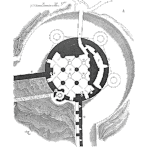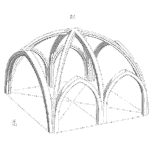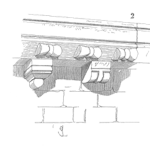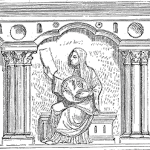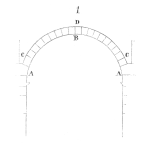
A sometimes overlooked function of production planning, is materials management for new product introduction (NPI).
In our previous article, we covered fundamentals of managing contract manufacturers (CM) value streams. The goal for NPI is similar: we want NPI prototypes available per a prototype plan and (eventually) a production plan.
Below is a simplified value stream map for a managing a contract manufacturer using “plan, source, order, make, deliver” as major subprocesses. The planning function “NPI Materials Manager” is shown with corresponding interfaces and is the focus of this article.

